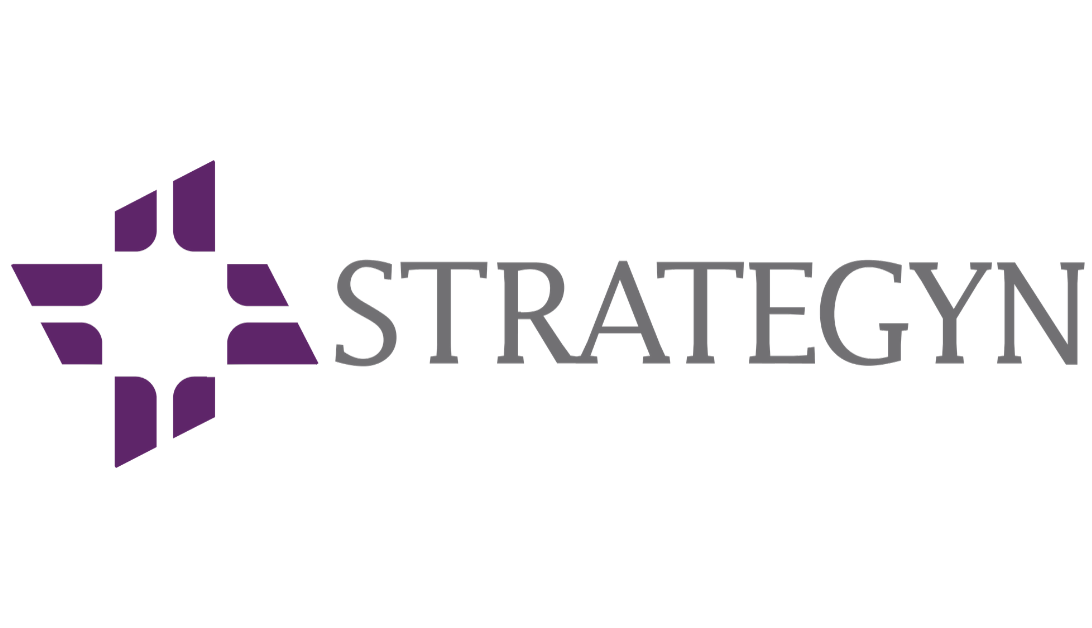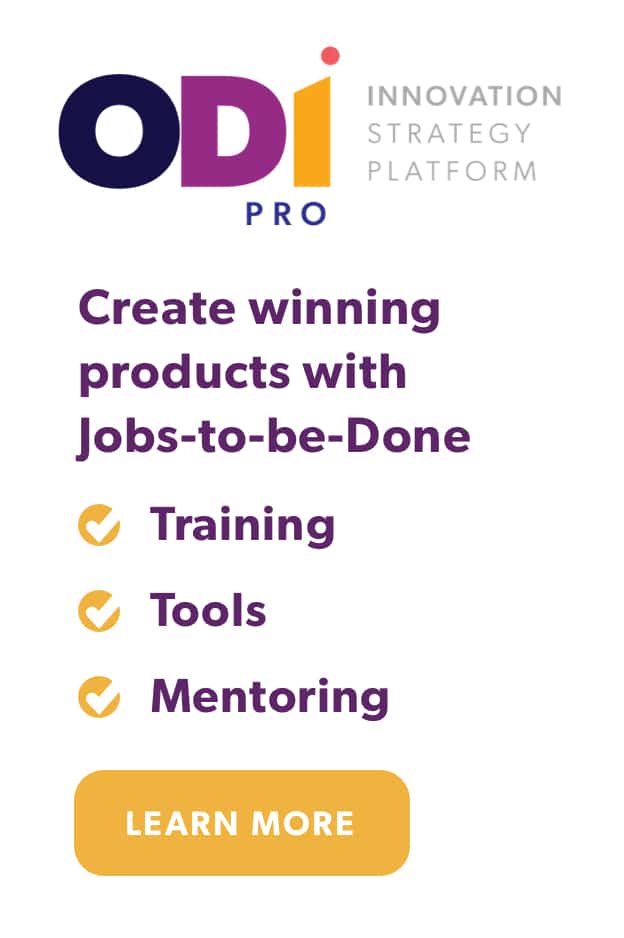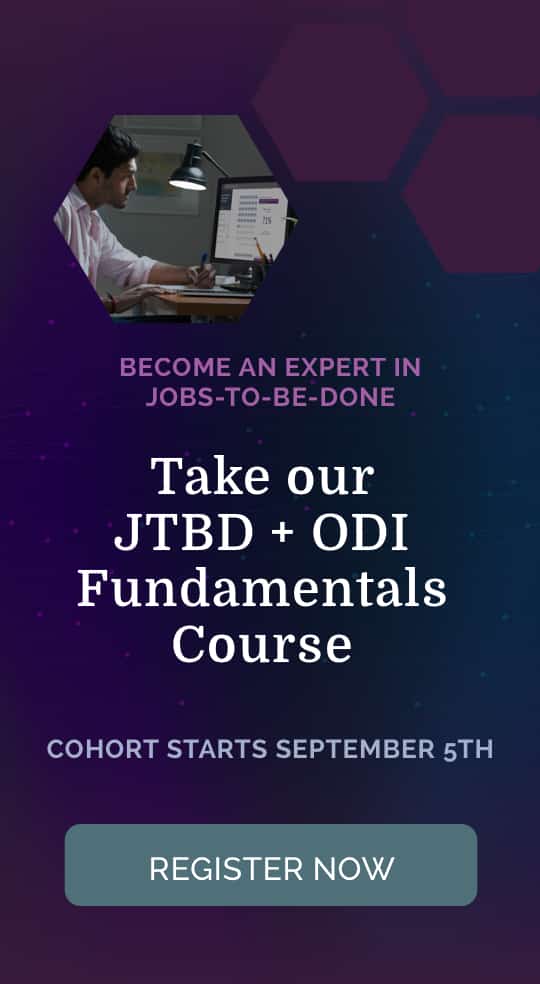These 5 barriers may be standing in your way of predictable growth.
Product teams have the potential to excel at innovation and introduce products and services that can consistently and reliably succeed in the market. The process for achieving this has been in existence for several decades. However, despite this, most companies report a failure rate of over 70 percent in innovation. Interestingly, while CEOs consider innovation a top priority, their companies still struggle to achieve predictable innovation, yet they fail to address the apparent problem.
The secret to success is no secret at all. Innovation must be treated like any other business process. For example, if a company wants to excel at lead generation, it must invest in an effective lead generation process. To excel at customer service, it must invest in an effective customer service process. Innovation is no different. If a company wants to excel at innovation, it must invest in and follow an effective innovation process—and this is where companies fall short.

Over the past 26 years, we have worked with Fortune 500 companies and other organizations to deploy Outcome-Driven Innovation (ODI), a proven innovation process with an 86 percent success rate. Along the way, we have observed a number of barriers to companies’ mastery of innovation.
While innovation champions exist in nearly every company, they encounter organizational antibodies that kill new thinking. From my perspective, there are five major barriers companies must overcome before replacing luck with predictable innovation.
Across an organization, key managers and stakeholders must:
- Recognize that innovation is a process.
- Stop executing the innovation process backward.
- Stop cobbling together incompatible innovation tools and methods.
- Budget the time and money needed to execute the process correctly.
- Recognize that new market research methods are required.
Let’s look at each barrier in more detail.
1. Recognize That Innovation Is A Process
Innovation is not a random flash of brilliance. It is not dependent on luck. It is a business process that can be measured and controlled just like any other business process. The problem we often encounter is that many people, including top managers and executives in leading companies, disagree with this thinking — they honestly believe innovation is an art. Worse yet, they believe that applying process to this art actually stifles innovation.
With an aversion to process and a strong belief that innovation is an art, there is little hope a company will ever consider adopting an effective innovation process.
Helping company employees overcome this outdated thinking is not easy, but it can be accomplished through education and exposure to methods and processes such as ODI and Jobs-to-be-Done. If this barrier is not overcome, a company can do little to pursue the goal of predictable innovation.
2. Stop Executing The Innovation Process Backwards
Innovation is the process of devising solutions that address unmet customer needs. At a high level, there are only two inputs into this process: solutions and unmet customer needs. Consequently, there are 2 competing approaches to executing the innovation process:
- Ideas-first approach — brainstorm lots of ideas and filter them and test them to see which are most attractive to customers.
- Needs-first approach — determine the customer’s unmet needs in each segment of the market and then devise solutions that will address them.
Many companies employ the ideas-first approach to innovation — and this is holding them back from achieving predictable innovation.
Companies rely on luck to create winning products when they employ the ideas-first approach to innovation. The chance of randomly devising a solution that addresses the customer’s unmet needs — when the needs are unknown — is near zero.
The problem with the ideas-first approach is obvious — a company is highly unlikely to hit a target if it doesn’t know what the target is. While companies often invest in systems and tools that help them generate, store and filter ideas, these investments alone will not contribute to predictable innovation.
Companies must recognize that because innovation is the process of devising solutions that address unmet customer needs, the process must begin with a quantified insight into the customer’s unmet needs — not brainstorming ideas. (Learn more about customer needs through a jobs-to-be-done lens.)
3. Stop Cobbling Together Incompatible Tools And Methods
Companies invest in many different tools and methods in an effort to achieve predictable innovation. They include design thinking, conjoint analysis, Voice-of-the-Customer, brainstorming, open innovation, collaboration, QFD, lean startup, agile, discovery-driven planning and dozens of others.
The problem with this tool set is that (1) each tool only gets part of the innovation “job” done, and (2) the tools were not designed to work together to achieve predictable innovation — so it’s not surprising that they don’t.
To excel at innovation, a company must be able to:
- Uncover all the customer’s needs.
- Determine which are under/over-served and appropriately-served.
- Determine if segments of customers exist with their own unique set of under/over/appropriately-served needs.
- Select which segments and needs to target.
- Devise solutions that address the targeted segments/needs.
The Outcome-Driven Innovation process was designed from the ground up to help companies execute the innovation process in this order. The outputs from one step are the perfect inputs into the next step — by design. The result is a comprehensive and effective end-to-end innovation process.
Cobbling together incompatible parts in an attempt to optimize system performance fails the test of solid systems thinking. Yet this is exactly what many companies are trying to do as they construct their innovation process.
4. Budget The Time And Money Needed To Execute The Process Correctly
When I entered the innovation field years ago, it was common to hear people complain that “companies can’t afford to get it right the first time, yet somehow, they can afford to go back and fix it over and over again.” Unfortunately, when it comes to innovation, this thinking is still pervasive — in fact there is now a trendy name for it — “failing fast”.
While companies budget millions for product development, many fail to budget for an effective product planning effort. In fact, all too often we find that innovation, planning, marketing, and product teams have little or no budget available for product planning. This sets them up for failure.
To succeed at innovation, a product team must know, with precision, just what customer segments and unmet needs to target. This is the essence of strategy. If a company is unwilling to invest the time and money up front to ensure the right strategy is pursued, it should expect a low innovation success rate.
Failing fast is not a viable strategy. Instead, companies should “learn fast” and get it right the first time. As Steve Jobs said, “We had a fundamental belief that doing it right the first time was going to be easier than having to go back and fix it. And I cannot say strongly enough that the repercussions of that attitude are staggering. I’ve seen them again and again throughout my business life.”
5. Recognize That New Market Research Methods Are Required
Many of the companies we have worked with employ market researchers with years of experience conducting customer interviews and surveys. While this sounds like it should be an advantage, it is often a barrier to success for the following reasons:
First, companies wrongly assume that the same market research methods they have been using for years to quantify solution preferences will also work to quantify the customer’s needs, i.e., determine which are under/over-served and to what degree.
Unfortunately, while market research methods that employ max diff, forced choice, paired comparison, conjoint, stated/revealed preference and other techniques may be appropriate in quantifying solution preferences, none of them work when applied to quantifying customer needs. Interestingly, this problem is not widely acknowledged as most companies continue to use the wrong tools to quantify customer needs. (To learn more, see Reinventing Market Research To Put Jobs-To-Be-Done Theory Into Practice).
Second, the methods required to quantify customer needs violate the artificial constraints that researchers have placed upon themselves for decades. For example, the research methods that we use as part of the ODI process require lengthy surveys (often 30 minutes or so) and ask respondents to rate the importance and satisfaction of up to 150 desired outcome (need) statements. Old thinking rejects this type of survey out-of-hand. While such a survey may seem like overkill, it works to quantify the inputs needed to transform innovation into a predictable process. (See Quantify Your Customers Unmet Needs.)
Lastly, company researchers often act as the gatekeepers of customer information to marketing and development teams. As such, they sometimes feel threatened by new research methods being introduced into the organization and work to ensure they are not adopted. In reality, these new methods represent a growth opportunity for researchers who are interested in making innovation more predictable.
If a company is able to overcome these 5 barriers, it will dramatically improve its chances of mastering innovation and creating products and services that will consistently and predictably win in the marketplace. Adopting an innovation process (such as Outcome-Driven Innovation) will help a company overcome these barriers and replace luck with a predictable innovation process.
Learn more: download a FREE PDF or AUDIO version of my latest Jobs-to-be-Done book, JOBS TO BE DONE: Theory to Practice.
In addition, you can now access ODIpro, our online innovation strategy platform, where you can:
- Get certified in putting Jobs Theory and Outcome-Driven Innovation (ODI) into practice.
- Apply the process to your markets using Strategyn’s latest tools and templates.
- Align your team around a winning product strategy.
To learn more about Strategyn’s consulting offerings and customized programs for innovation, go to Strategyn.com




